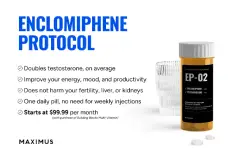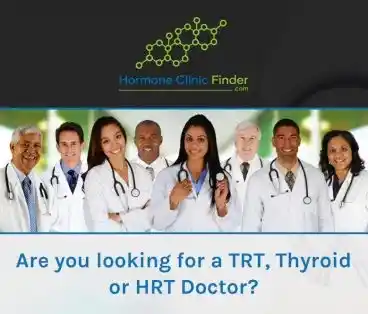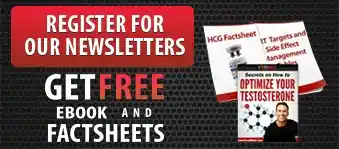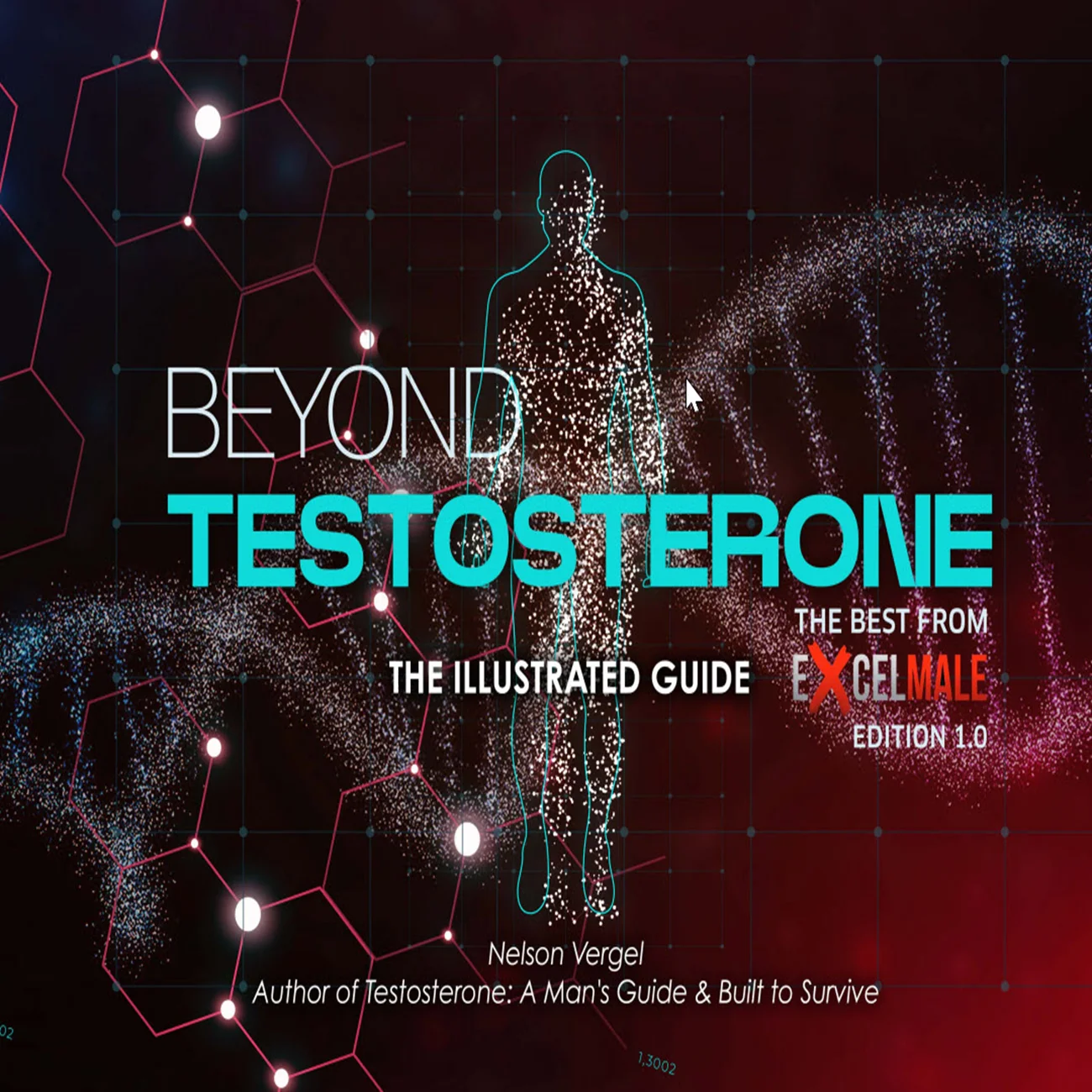madman
Super Moderator
Researchers proposed the idea of an “testosterone deficiency syndrome” in menopausal women more than 20 years ago. This was before testosterone had been measured across women’s lifespans and before robust studies of the relationships between blood testosterone levels and specific symptoms.
Our research refutes the belief that menopause causes testosterone deficiency, and that testosterone supplementation is an essential part of MHT.
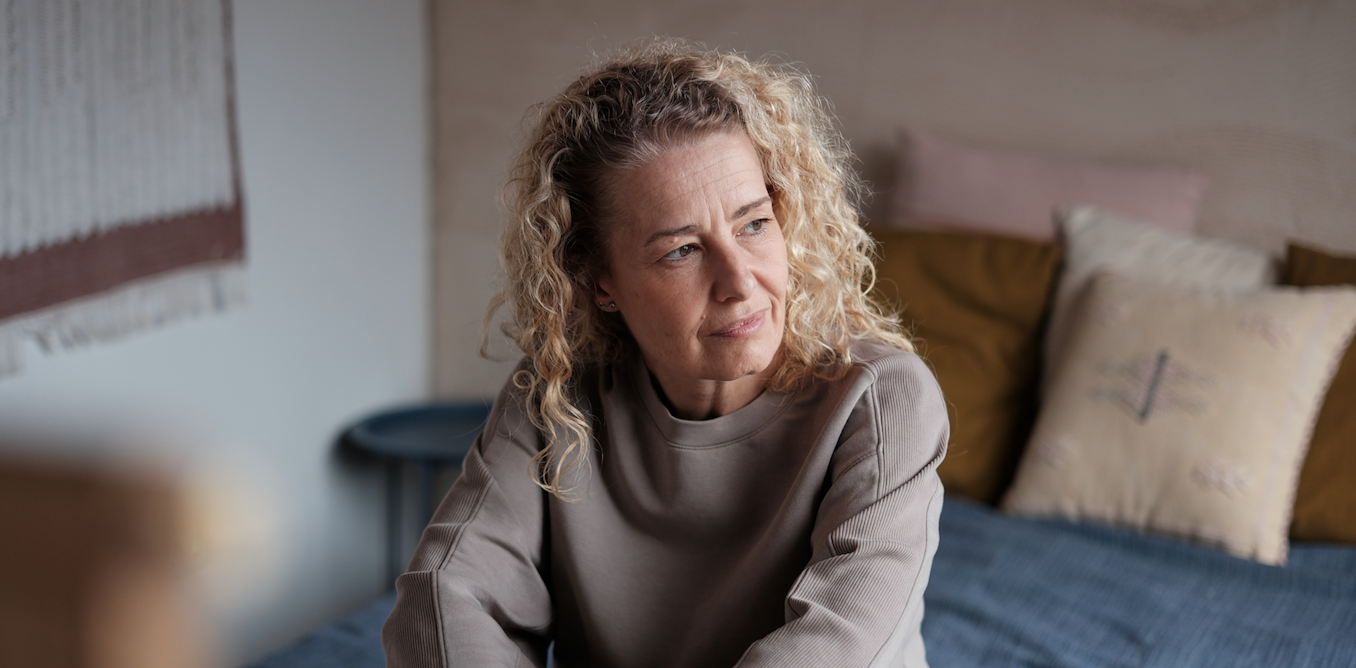
 theconversation.com
theconversation.com
Social media widely promotes testosterone as an essential part of menopausal hormone therapy (MHT, also known as hormone replacement therapy or HRT) to treat low mood, brain fog and loss of vitality.
As a result, some women who aren’t prescribed it as part of the MHT regimen feel they are missing out.
At menopause, when menstruation finally stops, oestrogen levels fall substantially, which can cause symptoms such as hot flushes, night sweats and vaginal dryness. Replacing this oestrogen with MHT relieves these symptoms.
But our new research, published this week in The Lancet journal eBioMedicine, shows testosterone doesn’t change like oestrogen when women reach perimenopause or menopause.
Rather, testosterone declines with age.
This followed a smaller study of 172 women in 2000 which found no change in testosterone blood levels at menopause.
But these older studies need to be interpreted with caution. Testosterone was measured with chemical tests that were not able to accurately measure testosterone at low levels in women.
Since then, we have used newer, gold-standard methods that can accurately measure small amounts of testosterone.
Using these methods in a 2019 study of 588 women, we found the average decline in testosterone between the ages of 18 to 39 years was around 25%.
Our latest study examined the blood testosterone levels of 1,104 participants aged 40 to 69 years. The participants provided extensive menstrual cycle information, so we could determine whether each woman was pre-menopausal, perimenopausal or postmenopausal.
We excluded women taking medications that might impact their natural hormone levels, or who had other identifiable factors that would impact their hormones from our hormone analysis. Having a higher body mass index (BMI) and being a cigarette smoker, for example, are each associated with higher testosterone.
There were no measurable differences between women who were premenopausal, perimenopausal or postmenopausal.
Postmenopausal women who had both ovaries surgically removed had lower blood testosterone levels than postmenopausal women with at least one ovary. This provides additional evidence that women’s ovaries continue to be the source of some testosterone after menopause.
Interestingly, testosterone blood levels subtly increased from the age of 58–59 years. This echoes our 2005 study which found testosterone blood levels bottomed out at around the age of 62 years, and then gradually increased.
All of these findings are changes that occur on average. Not everyone will experience the same changes we observed. Some might experience more or less change with age.
Testosterone levels tend to decrease by around 50% from about age 20 through to about age 60.
Then they begin to subtly increase, with the trend for levels to increase continuing into the eight and ninth decades of life. We are yet to understand why these changes occur.
Whether low testosterone is associated with symptoms needs further exploration. However, research to date suggests women with low testosterone aren’t more likely to have lower sexual desire, poorer muscle mass or lower mood.
Nonetheless, the gradual increase in testosterone may partly explain the age-related hair thinning and bothersome facial hair growth many women in their sixties and older experienced.
Our research refutes the belief that menopause causes testosterone deficiency, and that testosterone supplementation is an essential part of MHT.
Multiple clinical trials have shown testosterone treatment can modestly improve sexual desire in postmenopausal women who have experienced a change in their sexual desire that bothers them.
However there is currently no robust or consistent evidence that testosterone therapy will improve any symptoms for women other than low sexual desire after menopause.
Therefore, the international clinical guidelines state it should only be prescribed for low sexual desire in postmenopausal women.
We are currently evaluating the effects of testosterone on women’s muscle function and bone density and will report these findings in 2026.
Professor Susan R Davis AO, MBBS FRACP PhD FAHMS is a clinician researcher with expertise in the role of sex hormones in women across the lifespan. She is Head of the Monash University Women’s Health Research Program and holds a Level 3 NHMRC Investigator Grant. Susan is a Consultant Endocrinologist and Head of the Women’s Endocrine Clinic, Alfred Hospital Melbourne and a consultant at Cabrini Medical Centre. She is a Fellow and Council Member of the Australian Academy of Health and Medical Sciences.
Susan’s research spans basic science to clinical trials and has been pivotal in our understanding of sex hormones in women in multiple non-reproductive target tissues including the brain (cognition, mood, sexual function), cardiovascular system (lipids, vascular function and coagulation) and other tissues (fat, muscle, joint cartilage and bone). She leads a research program supported by the NHMRC, MRFF and the Heart Foundation.
Susan was one of five founders of Jean Hailes for Women, is a past President of the Australasian Menopause Society and the International Menopause Society. She has over 435 peer-reviewed publications and has received numerous national and international prestigious research awards. Susan was appointed an Officer of the Order of Australia for distinguished service to medicine, to women's health as a clinical endocrinologist and researcher, and to medical education.
In 2022 she was awarded the Medal of the Royal Australasian College of Physicians for her outstanding contribution and leadership in endocrinology and women’s health.
She is an advisor to the NHS Menopause Improvement Programme Steering Committee and was an advisor for the Australian National Women’s Health Strategy 2020-2030. She advocates for best clinical care via co-authorship of international Best Practice Guidelines (>20) and working with industry to ensure the health needs of women are understood. She has spoken before national (TGA) and international regulatory bodies, FDA (US) and EMA (Europe) as an advocate and advisor.
Our research refutes the belief that menopause causes testosterone deficiency, and that testosterone supplementation is an essential part of MHT.

Testosterone levels decline with age, not menopause, despite what you’ve heard
Testosterone is widely promoted as an essential part of menopausal hormone therapy to treat low mood, brain fog and low energy. But new research challenges this.
 theconversation.com
theconversation.com
Social media widely promotes testosterone as an essential part of menopausal hormone therapy (MHT, also known as hormone replacement therapy or HRT) to treat low mood, brain fog and loss of vitality.
As a result, some women who aren’t prescribed it as part of the MHT regimen feel they are missing out.
At menopause, when menstruation finally stops, oestrogen levels fall substantially, which can cause symptoms such as hot flushes, night sweats and vaginal dryness. Replacing this oestrogen with MHT relieves these symptoms.
But our new research, published this week in The Lancet journal eBioMedicine, shows testosterone doesn’t change like oestrogen when women reach perimenopause or menopause.
Rather, testosterone declines with age.
We’ve long suspected this – but early tests weren’t reliable
Our 2005 study of 1,400 women showed testosterone blood levels did not change at menopause but gradually declined from the age of about 20.This followed a smaller study of 172 women in 2000 which found no change in testosterone blood levels at menopause.
But these older studies need to be interpreted with caution. Testosterone was measured with chemical tests that were not able to accurately measure testosterone at low levels in women.
Since then, we have used newer, gold-standard methods that can accurately measure small amounts of testosterone.
Using these methods in a 2019 study of 588 women, we found the average decline in testosterone between the ages of 18 to 39 years was around 25%.
Our latest study examined the blood testosterone levels of 1,104 participants aged 40 to 69 years. The participants provided extensive menstrual cycle information, so we could determine whether each woman was pre-menopausal, perimenopausal or postmenopausal.
We excluded women taking medications that might impact their natural hormone levels, or who had other identifiable factors that would impact their hormones from our hormone analysis. Having a higher body mass index (BMI) and being a cigarette smoker, for example, are each associated with higher testosterone.
What our new study found
Participants’ testosterone blood levels declined, on average, by 25% between the ages of 40 and 58–59 years.There were no measurable differences between women who were premenopausal, perimenopausal or postmenopausal.
Postmenopausal women who had both ovaries surgically removed had lower blood testosterone levels than postmenopausal women with at least one ovary. This provides additional evidence that women’s ovaries continue to be the source of some testosterone after menopause.
Interestingly, testosterone blood levels subtly increased from the age of 58–59 years. This echoes our 2005 study which found testosterone blood levels bottomed out at around the age of 62 years, and then gradually increased.
All of these findings are changes that occur on average. Not everyone will experience the same changes we observed. Some might experience more or less change with age.
So how does testosterone change over a woman’s lifespan?
Combined with our past studies and other research, our latest study has enabled us to build a picture of testosterone across a woman’s lifespan.Testosterone levels tend to decrease by around 50% from about age 20 through to about age 60.
Then they begin to subtly increase, with the trend for levels to increase continuing into the eight and ninth decades of life. We are yet to understand why these changes occur.
Whether low testosterone is associated with symptoms needs further exploration. However, research to date suggests women with low testosterone aren’t more likely to have lower sexual desire, poorer muscle mass or lower mood.
Nonetheless, the gradual increase in testosterone may partly explain the age-related hair thinning and bothersome facial hair growth many women in their sixties and older experienced.
What does this mean for testosterone therapy?
Researchers proposed the idea of an “testosterone deficiency syndrome” in menopausal women more than 20 years ago. This was before testosterone had been measured across women’s lifespans and before robust studies of the relationships between blood testosterone levels and specific symptoms.Our research refutes the belief that menopause causes testosterone deficiency, and that testosterone supplementation is an essential part of MHT.
Multiple clinical trials have shown testosterone treatment can modestly improve sexual desire in postmenopausal women who have experienced a change in their sexual desire that bothers them.
However there is currently no robust or consistent evidence that testosterone therapy will improve any symptoms for women other than low sexual desire after menopause.
Therefore, the international clinical guidelines state it should only be prescribed for low sexual desire in postmenopausal women.
We are currently evaluating the effects of testosterone on women’s muscle function and bone density and will report these findings in 2026.
Biography
Professor Susan R Davis AO, MBBS FRACP PhD FAHMS is a clinician researcher with expertise in the role of sex hormones in women across the lifespan. She is Head of the Monash University Women’s Health Research Program and holds a Level 3 NHMRC Investigator Grant. Susan is a Consultant Endocrinologist and Head of the Women’s Endocrine Clinic, Alfred Hospital Melbourne and a consultant at Cabrini Medical Centre. She is a Fellow and Council Member of the Australian Academy of Health and Medical Sciences.
Susan’s research spans basic science to clinical trials and has been pivotal in our understanding of sex hormones in women in multiple non-reproductive target tissues including the brain (cognition, mood, sexual function), cardiovascular system (lipids, vascular function and coagulation) and other tissues (fat, muscle, joint cartilage and bone). She leads a research program supported by the NHMRC, MRFF and the Heart Foundation.
Susan was one of five founders of Jean Hailes for Women, is a past President of the Australasian Menopause Society and the International Menopause Society. She has over 435 peer-reviewed publications and has received numerous national and international prestigious research awards. Susan was appointed an Officer of the Order of Australia for distinguished service to medicine, to women's health as a clinical endocrinologist and researcher, and to medical education.
In 2022 she was awarded the Medal of the Royal Australasian College of Physicians for her outstanding contribution and leadership in endocrinology and women’s health.
She is an advisor to the NHS Menopause Improvement Programme Steering Committee and was an advisor for the Australian National Women’s Health Strategy 2020-2030. She advocates for best clinical care via co-authorship of international Best Practice Guidelines (>20) and working with industry to ensure the health needs of women are understood. She has spoken before national (TGA) and international regulatory bodies, FDA (US) and EMA (Europe) as an advocate and advisor.



